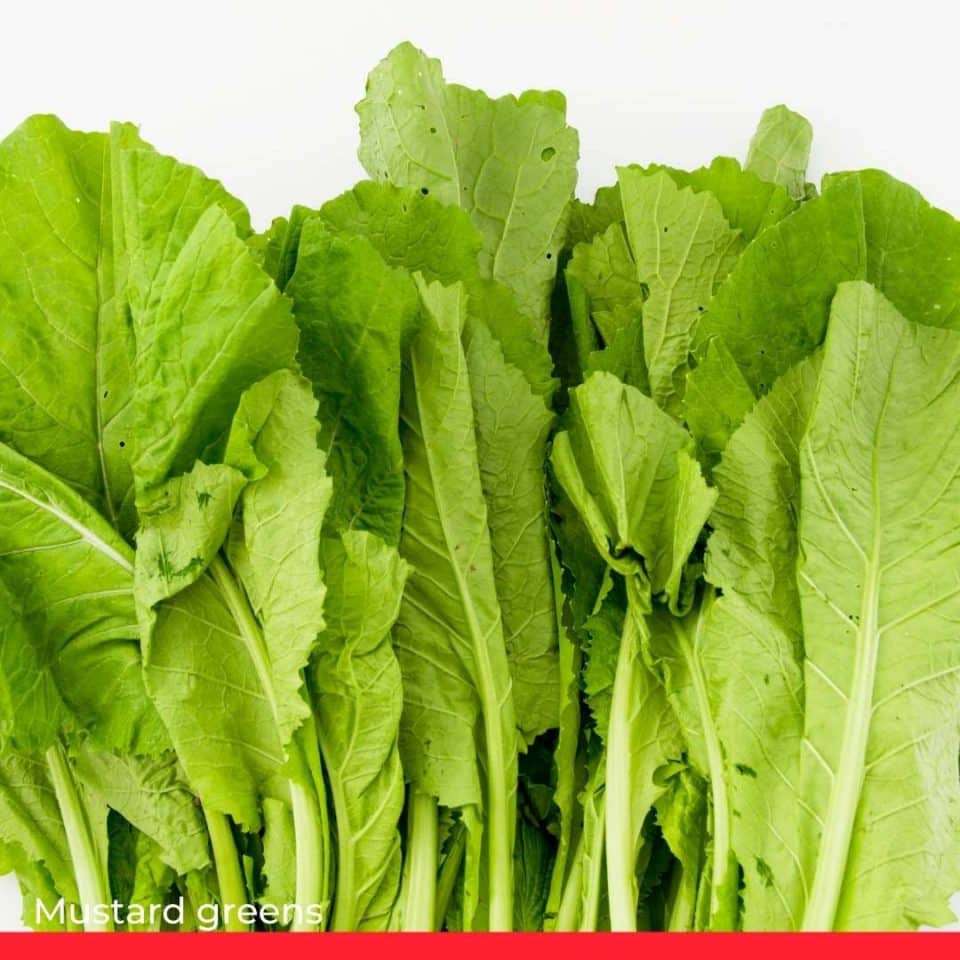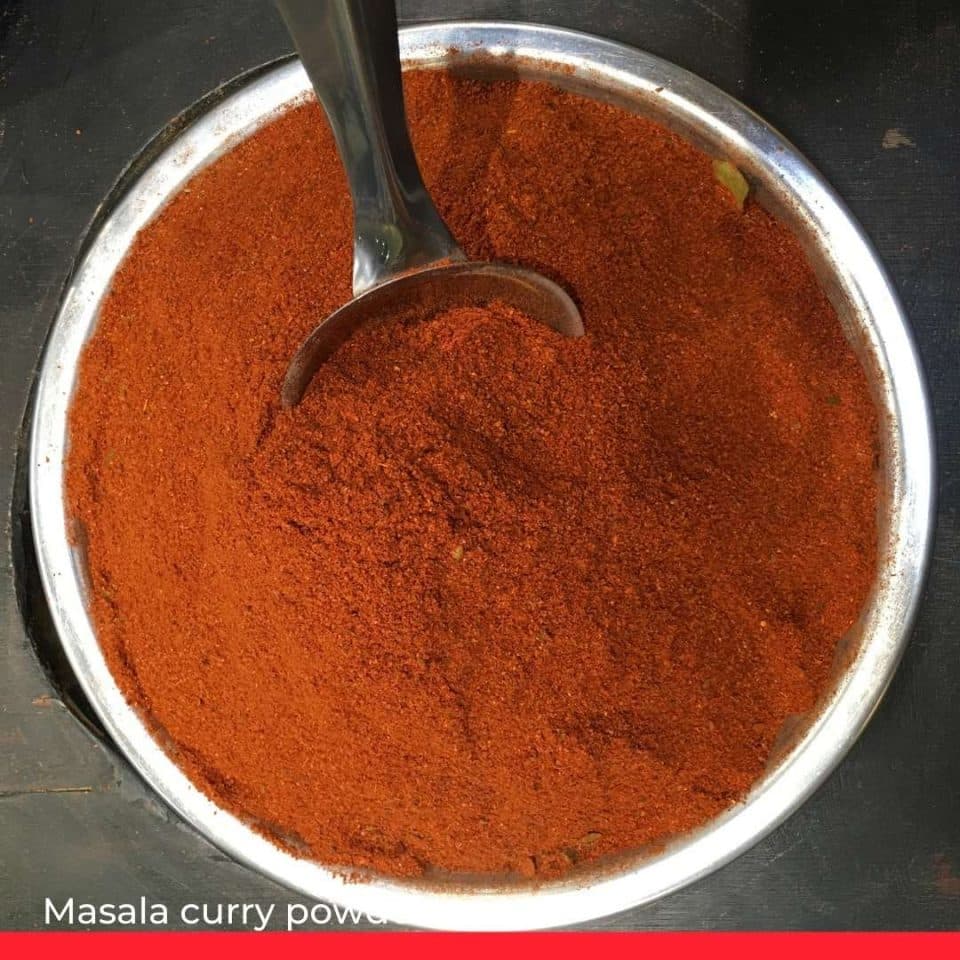11 Substitutes for Fenugreek Leaves

Not many people use fenugreek on a regular basis. While it’s a medicinal plant that’s been harvested for its properties for ages and is a staple in Indian cuisine, fenugreek is not that popular.
Indian chutney, curry, and other sauce-based foods contain fenugreek. It’s also a great addition to your meat rub. It’s a very versatile leafy green, vastly known and appreciated in Indian, Mediterranean, North African, and Middle Eastern cuisines.
Fenugreek is used as a veggie when it comes to its fresh leaves, as seasoning when it comes to the dried version of the herb, and as a spice, when it comes to the seeds. Quite complex! But here is how to substitute fenugreek leaves, in order to mimic their flavor profile.
- Fenugreek leaves: the profile flavor your need to replicate
Its unique aroma encompasses a mixture of nutty touches, sweet undertones, and a herbal, fresh vibe. Fenugreek will remind you of burnt, caramelized sugar.
- Fenugreek seeds versus fenugreek leaves
“Can I use fenugreek seeds instead of leaves?” Many people ask themselves this! Though the seeds tend to be bitter when raw, when cooked, they become much sweeter. Still, can you use them interchangeably? It’s not as simple as “yes” or “no”. So:
- Fenugreek leaves are less bitter than the seeds and are ideal to complement dark greens, curries, okra, spinach, and braised veggies. You can always mix them with butter or oil to baste meats before grilling and roasting them. And, let’s not forget, they can always be added to aromatize bread and flatbread.
- Fenugreek seeds, with their bitter touch and sweet taste, are perfect for bread, meats marinades, sauce-based stews, and curries when cooked.
So, what is the best substitute for fenugreek leaves?
1. Well, the dried herb can replace the fresh one!

If you’re wondering how much ground fenugreek to use in place of leaves, we have some tips & tricks. Dried fenugreek has a more intense and pungent aroma than its fresh version, so you might want to adjust the quantity so that you don’t overwhelm your dish. Also, make sure to keep these in mind:
- If you’re preparing a dish that requires stewed, cooked leaves, don’t go for the dry version.
- The dried fenugreek leaves, crumbled and sprinkled into anything liquid-based are ideal.
When talking about the amount you should use when swapping them, a 1:2 ratio or less will do just fine.
2. Fresh Celery Leaves

Fresh celery leaves can easily replace fresh and dried fenugreek leaves. They even look alike. And, especially in sauces, reduced glazes, jams, chutneys, curries, soups, celery leaves bring a touch of bitter-sweet aroma, a touch of fresh, herbal vibe, and a nutty taste.
A 1:2 ratio is ideal for this swap. And if you really want to get even closer to fenugreek, add a dash of sugar to your dish.
3. Watercress or Alfalfa Sprouts

Watercress is a friend of celery in terms of aroma. It even has those peppery notes celery has. It will provide your food with a fresh, “green”, and earthy vibe.
This complex bouquet makes watercress a great option for garnishing stews, sauces, curries, soups, and any veggie-based dish. So if you have them around, they’ll do.
4. Here’s the shocker: Maple syrup!

Yes, yes, we know: you feel like resisting this piece of info right here. Still, fenugreek and maple syrup have such similar flavors! It’s chemistry, baby!
Both of them contain sotolone, an ingredient that makes them so much alike. The only trouble when using them interchangeably is the fact that maple syrup is very sweet, and fenugreek is usually added to savory foods. Another pain point: maple syrup is liquid and might alter the appearance, texture, and consistency of the food, not just the taste.
Rather, we suggest you use them combined to enhance their flavors, but you can swap them too, if necessary. So, if you decide to swap them, add maple syrup towards the end of the cooking process, unlike fenugreek leaves, which are used at the beginning.
Start with a ½ ratio and go from there. Extra trick: maple syrup can be the perfect fenugreek leaf substitute for butter chicken, provided you add it towards the end of cooking to preserve its flavors. Another extra trick regarding maple syrup is awaiting you below! You won’t expect it, so keep reading!
5. Kale Flakes

Kale or collard greens can also be used as a substitute for fenugreek leaves. But remember that kale can be quite bitter-tasting compared to fenugreek and, in terms of texture, quite tough and crunchy. However, a measure for measure replacement will do.
6. Spinach

When cooked, spinach resembles the aroma and texture of fenugreek leaves. OK, the flavor won’t be the same, but it will do.
7. Mustard Greens

Just like celery leaves, mustard greens have a distinctive smell and taste. Spicy and somewhat bitter, mustard greens can be added when cooked or even sprinkled raw to get that fenugreek leaf vibe. So if you’ve got them around, try them out.
8. Curry Powder

Would you have thought it? Well, curry powder, while quite aromatic, sweet, and warming due to the other spices added to it, can be used to replace fenugreek.
Curry powder can provide the earthy touch that is associated with fenugreek, but it will also alter the overall aroma. So tread lightly when swapping them.
9. Masala Curry Powder

Even masala curry powder can be used to replace fenugreek since it usually contains this herb. While they do differ in terms of flavor, we’re adding this to the list since it’s easier and more common to find masala curry powder than fenugreek leaves.
Add the spice at the beginning of the cooking process and maybe toss it in some heated oil to get its full aroma. Start with a ½ ratio and go from there so that you don’t overwhelm your dish.
10. Fennel Seeds

Fennel seeds can be used as a replacement for fenugreek leaves. Sure, they are sweeter and will remind you more of licorice, but they work well. Especially when rubbed onto meats before they touch the grill or go straight into the oven, fennel seeds pack on so much flavor!
That’s why we recommend you use half the amount the recipe asks for.
11. Mustard Seeds

You can replicate that earthy flavor that fenugreek provides with the help of mustard seeds. We recommend you go for yellow mustard seeds and maybe toast them, or, at least, heat them up a little before using them.
Yellow mustard seeds tend to be sweeter, giving them a closer fenugreek vibe. A 1:1 ratio is perfect for this swap. Extra tip: combining these seeds with maple syrup will get you very close to fenugreek’s rich profile flavor.
So there we have it! Contrary to your expectations and popular belief, there are so many ways to substitute fenugreek leaves. Some come closer and will provide optimum flavor. Others need extra care and caution not to alter the flavor profile of the dish. But still, there are solutions!

